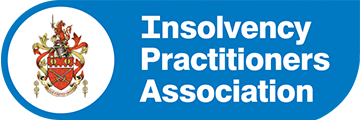What is a trust deed?
Less serious than sequestration (bankruptcy), a trust deed is a formal payment plan which allows you to take control of your debts in an affordable manner. The arrangement typically lasts four years, during which you will be required to make one monthly repayment to an appointed insolvency practitioner who will be known as your trustee; they will divide this payment amongst all of your creditors. Once the trust deed reaches its end, your monthly payment will stop and any debt remaining at this point will be written off.
Can creditors contact me when a trust deed is in place?
When dealing with mounting debts, many individuals experience a huge amount of stress due to the constant contact from their creditors. This could take the form of letters, phone calls, or even visits to your property from debt collectors or sheriffs. However, once you enter into a trust deed your creditors will be required to direct any contact to your trustee rather than to you personally. This means, so long as you stick to the terms of the agreement, you will not need to have any communication with your lenders and they will be unable to send letters to your address or communicate with you via any other means. This can be a huge sense of relief to those who have felt hounded by their creditors in the weeks, months, and even years before entering into a trust deed.
If in the rare instance that you are in a trust deed and a creditor who is included in this agreement makes contact with you, you should refuse to engage in lengthy conversation and simply refer them to your trustee. It is also worth you telling your trustee about any contact of this nature so that they can reiterate to your creditors the terms of the trust deed.
It is important to remember that this only applies if your trust deed is protected. An unprotected trust deed is an informal arrangement and can therefore be broken by either side at any time. This means interest will not be frozen and your creditors will be able to contact you to demand payment. With this in mind, it is important that your trustee takes the necessary steps to give your trust deed ‘protected’ status.





